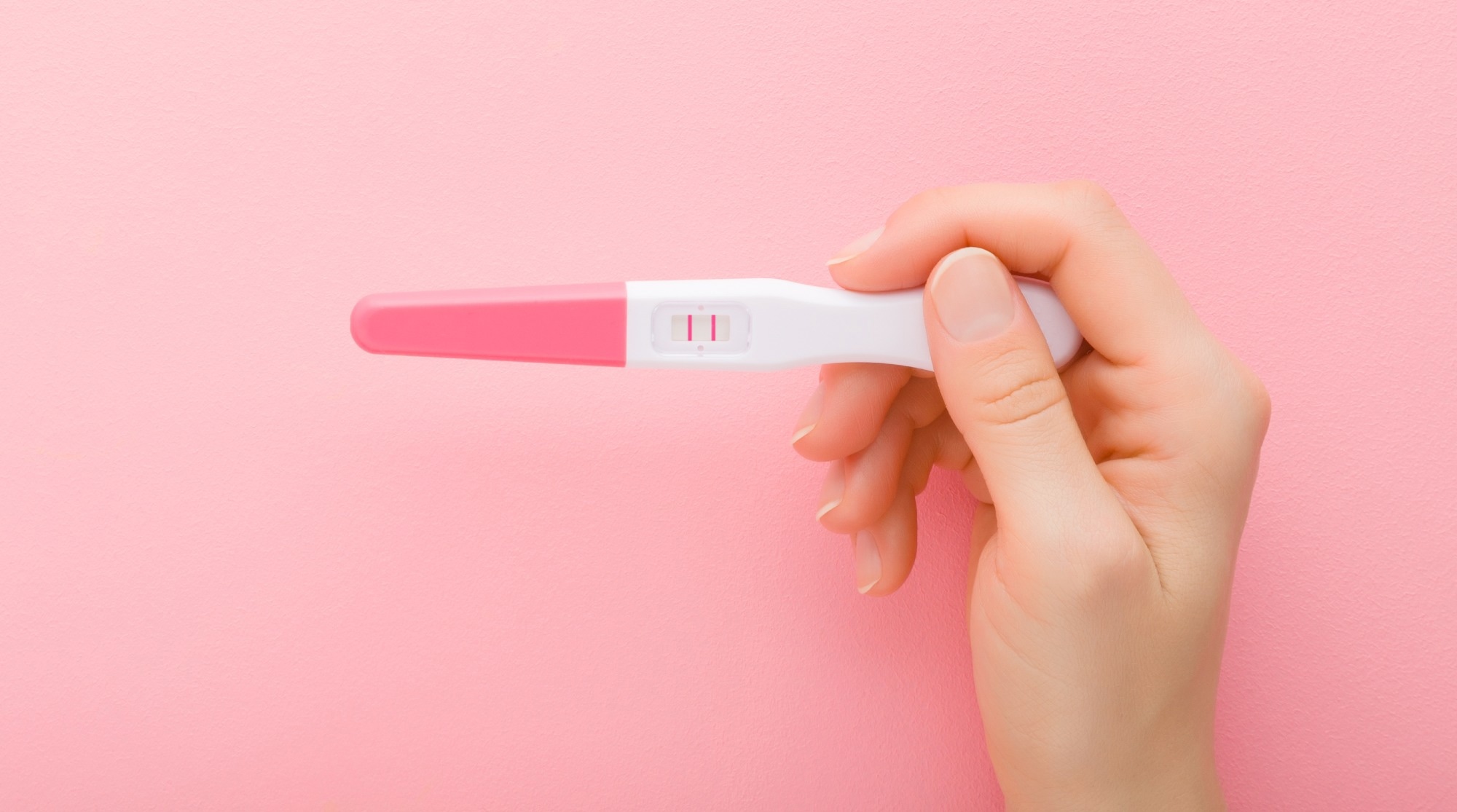Researchers have shown that better cardiovascular and mental health, as measured by the Life’s Crucial 9, correlates with lower infertility rates in women; however, its predictive power offers no advantage over existing tools.
 Study: Life’s crucial 9 is inversely and linearly associated with female infertility prevalence: a cross-sectional analysis from NHANES 2013–2018. Image Credit: FotoDuets / Shutterstock
Study: Life’s crucial 9 is inversely and linearly associated with female infertility prevalence: a cross-sectional analysis from NHANES 2013–2018. Image Credit: FotoDuets / Shutterstock
In a recent study published in the journal Scientific Reports, researchers explored the associations between Life’s Crucial 9 (LC9) and female infertility.
Female infertility is a common reproductive condition. The Global Burden of Disease (GBD) study found that female infertility prevalence has increased by over 56 million cases in the past three decades worldwide, and is also projected to increase over the next decade. Female infertility can cause emotional and psychological stress. Besides, female infertility may be linked to the development of various gynecologic cancers, metabolic disorders, and cardiovascular disease.
As such, exploring risk factors for infertility for the reduction of disease burden and early prevention has important implications for reproductive health. Life’s Essential 8 (LE8) is a tool for cardiovascular health assessment by the American Heart Association. Recently, LC9 was proposed, building on the LE8, and includes a mental health assessment component. LC9 is associated with cardiovascular and all-cause mortality, but with a limited increase in predictive power over LE8.
About the study
The present study examined the associations between female infertility and LC9. Female participants from the National Health and Nutrition Examination Surveys from 2013 to 2018 were included. Females not of reproductive age and those with missing data were excluded. LE8 was assessed by pooling four health behaviors (sleep health, physical activity, diet quality, and nicotine exposure) and four health factors (body mass index [BMI] and blood pressure, glucose, and lipids).
The Healthy Eating Index (HEI)-2015 was used to assess diet quality. Sleep health, physical activity, and nicotine exposure were self-reported. The blood glucose score was determined based on glycated hemoglobin, fasting blood glucose, or a history of diabetes, while the blood lipid score was derived from serum levels of non-high-density lipoprotein (HDL) cholesterol. A depression score was calculated from the Patient Health Questionnaire-9.
The LC9 score was calculated as the average of the scores from the eight LE8 components and the depression score, each scaled from 0 to 100. Female infertility was ascertained from the self-reported Reproductive Health Questionnaire. Covariates included age, ethnicity/race, education, marital status, income-poverty ratio, alcohol intake, age at menarche, pelvic inflammatory disease (PID) history, and intake of birth control pills.
Multivariable logistic regression models examined the association between female infertility and LC9. The models were unadjusted (crude), partially adjusted (model 1), or fully adjusted (model 2). Furthermore, restricted cubic spline models were examined to investigate non-linear associations between the independent variable and female infertility. A receiver operating characteristic (ROC) curve analysis was performed to evaluate whether LC9 improves over LE8 in predicting female infertility.
Findings
The study enrolled 2,088 females, with an average age of 32.6 years. The prevalence of infertility was almost 14%. The infertile population was more likely to be non-single, non-Hispanic White, and older than females without infertility. Infertile females had lower LE8 and LC9 scores. As LC9 scores increased, subjects were younger, non-Hispanic White, free from infertility, moderate/light or never drinkers, and had higher age at menarche and no PID history.
The fully adjusted model indicated that a 10-point increment in LC9 reduced the odds of female infertility by more than 21%. Similarly, a 10-point increment in LE8 decreased the odds of infertility by nearly 18%. Both LE8 and LC9 showed negative linear associations with female infertility. Further, higher scores for BMI, sleep health, blood glucose, and depression were each independently and inversely associated with infertility. Other LC9 components—diet quality, physical activity, nicotine exposure, blood lipids, and blood pressure—were not significantly associated.
Further, the team identified ethnicity/race and age as significant effect modifiers. That is, the associations between infertility and LC9 were more pronounced in the Mexican American population and in women under 35 years. The ROC curve analysis revealed that LC9 and LE8 had comparable predictive capabilities for female infertility, with modest area under the curve (AUC) values of 0.594 and 0.590, respectively, indicating limited predictive utility.
Conclusions
The findings reveal inverse linear associations of LE8 and LC9 with female infertility. Depression, blood glucose, BMI, and sleep health were the components of the LC9 that were (inversely) associated with female infertility. However, LC9 did not significantly outperform LE8 in predicting female infertility. These results suggest that incorporating a depression score into LE8 may not be essential for infertility prediction, despite depression’s association with infertility. The authors note that the overlap between depression and other cardiovascular risk factors may reduce its added predictive value, and that depression assessment tools like the PHQ-9 may introduce subjectivity. Future research should examine the benefits of LC9 in other health domains, particularly in young women and underserved ethnic groups, and explore interventions targeting modifiable LC9 components, such as sleep and mental health. Limitations of the study include its cross-sectional design, reliance on self-reported measures, and the inability to infer causality.
Journal reference:
- Li B, Zhai H. Life’s crucial 9 is inversely and linearly associated with female infertility prevalence: a cross-sectional analysis from NHANES 2013–2018. Scientific Reports, 2025, DOI: 10.1038/s41598-025-99023-7, https://www.nature.com/articles/s41598-025-99023-7